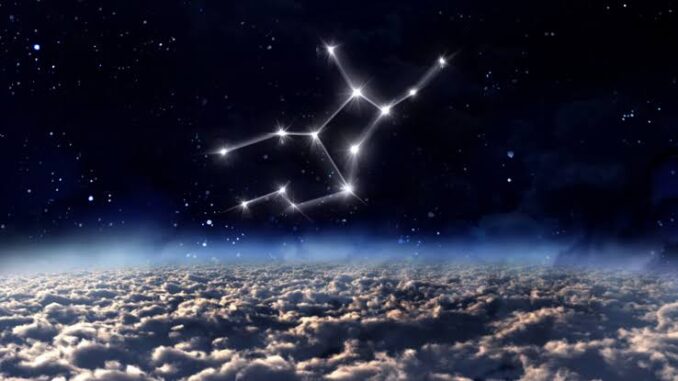
The Hubble Space Telescope has captured two tangled galaxies, whose interactions have caused knots to form in the “queen’s hair.”
The galactic duo, formally known as MCG+05-31-045, is located 390 million light-years away in the constellation Coma Berenices, which means “Berenice’s Hair” in Latin and refers to Queen Berenice II, a ruler of Ptolemaic Egypt more than 2,000 years ago. The larger elliptical galaxy is pulling material from a smaller neighboring galaxy, distorting its spiral arms.
In turn, the teased strands of interstellar material fuels new star formation in the larger galaxy, while the smaller companion will eventually be left with only aging stars and little to no gas, according to a statement from the European Space Agency (ESA). (Hubble is a joint mission of NASA and ESA.)
The larger elliptical galaxy can be seen in the center of the new Hubble image, with an overall oval shape and bright core. Located left of this galaxy is a smaller companion with two distinct spiral arms. A faint stream of material with a few glowing spots can be seen flowing between the two galaxies, connecting one of the spiral arms to the larger elliptical galaxy.
The pair of tangled galaxies belong to a larger group known as the Coma galaxy cluster. Many galaxies in this cluster have undergone similar processes of merging with larger companions.
The Coma cluster is densely packed with over 1,000 known galaxies, several of which can be seen scattered across the new Hubble image. Many of them are elliptical galaxies that formed following close encounters, or collisions, with another galaxy that stole all of their stellar material and distorted their neatly woven spiral arms.
Such galactic interactions can stir up interstellar gas and dust, which, when heated and compressed by a galaxy’s gravitational forces, forms new stars. However, one of the galaxies is often left without enough gas to form its own next generation of young stars and its spiral arms — the site of ongoing star formation — end up in disarray. In turn, a once spiral galaxy can be transformed into one nearly devoid of gas and populated with aging stars that instead orbit in uncoordinated circles, creating a more general elliptical shape.
Be the first to comment